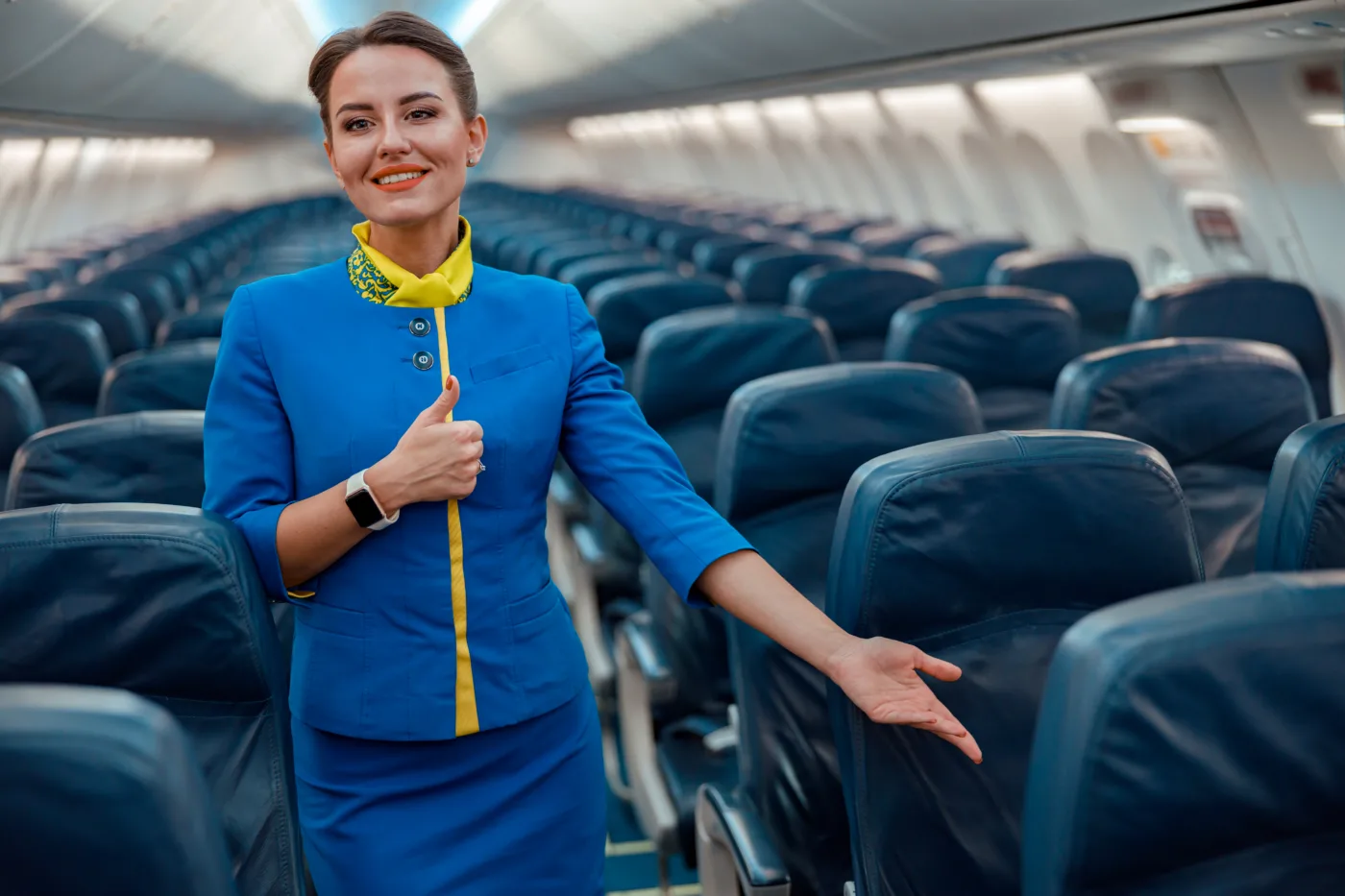When we travel by plane, we usually think about the comfort, service and price of the ticket, but we rarely focus on the safety of the seat we choose. However, the choice of seat can in certain cases play an important role in our safety during the flight. Experts reveal which airplane seats are the safest and why. Depending on the type of emergency, choosing the right seat can increase your chances of survival. In the following, we present to you how and why some seats are safer than others, and what you should pay attention to when choosing a seat for your next trip. These are the safest seats on the plane!
You might want to know which are the safest seats on the plane before you book your next vacation.
Air travel has been a hot topic of late, particularly due to a series of incidents including problems with Boeing jets and the recent unfortunate turbulence on a flight from London. Despite all these events, it is crucial to know that flying is still one of the safest modes of transportation. According to experts, there are even seats that offer more safety than others (depending on the accident scenario). Check out what they are.

The rear of the plane
It has long been believed that the back of the plane is the safest place to sit. This belief is also supported by a study published in Popular Mechanics and Time, in which they analyzed 35 years of accident data up to 2015. The findings showed that passengers sitting in the back have a statistically lower chance of dying in plane crashes. However, this data is somewhat incomplete, as accident reports do not always include detailed information about the seats of the victims.
What are the safest seats on a plane?
One reason the rear of an airplane may be safer is its tendency to remain more intact during a catastrophic crash. Although the rear of the aircraft may separate from the rest of the aircraft, it is less likely to be seriously damaged compared to the front and middle sections, which are connected to the engines. In a severe crash, these engines can cause significant structural damage to the aircraft.

In contrast, the middle section of the aircraft offers advantages during turbulent flights. This area where the wings meet the fuselage serves as the aircraft's center of gravity. This position makes it less susceptible to the oscillating forces caused by turbulence, providing a more stable ride.
However, the middle part is also not ideal in a disaster scenario, mainly because it houses the fuel cells. In the event of a fire, sitting directly above fuel tanks can be extremely dangerous. On the other hand, the middle section often provides better access to emergency exits located in the center of the aircraft, which can be critical to survival during a rapid evacuation.

Sitting in an aisle seat allows for quicker access to exits, which is a key factor in an emergency. However, aisle seats are at risk of being hit by falling luggage. Window seats allow passengers to observe the conditions outside, providing the advantage of situational awareness. The downside is that window passengers are trapped until others in line move. Middle seats do offer some protection from collisions because they are only mitigated by adjacent passengers, but they are often the least comfortable and least popular option.






